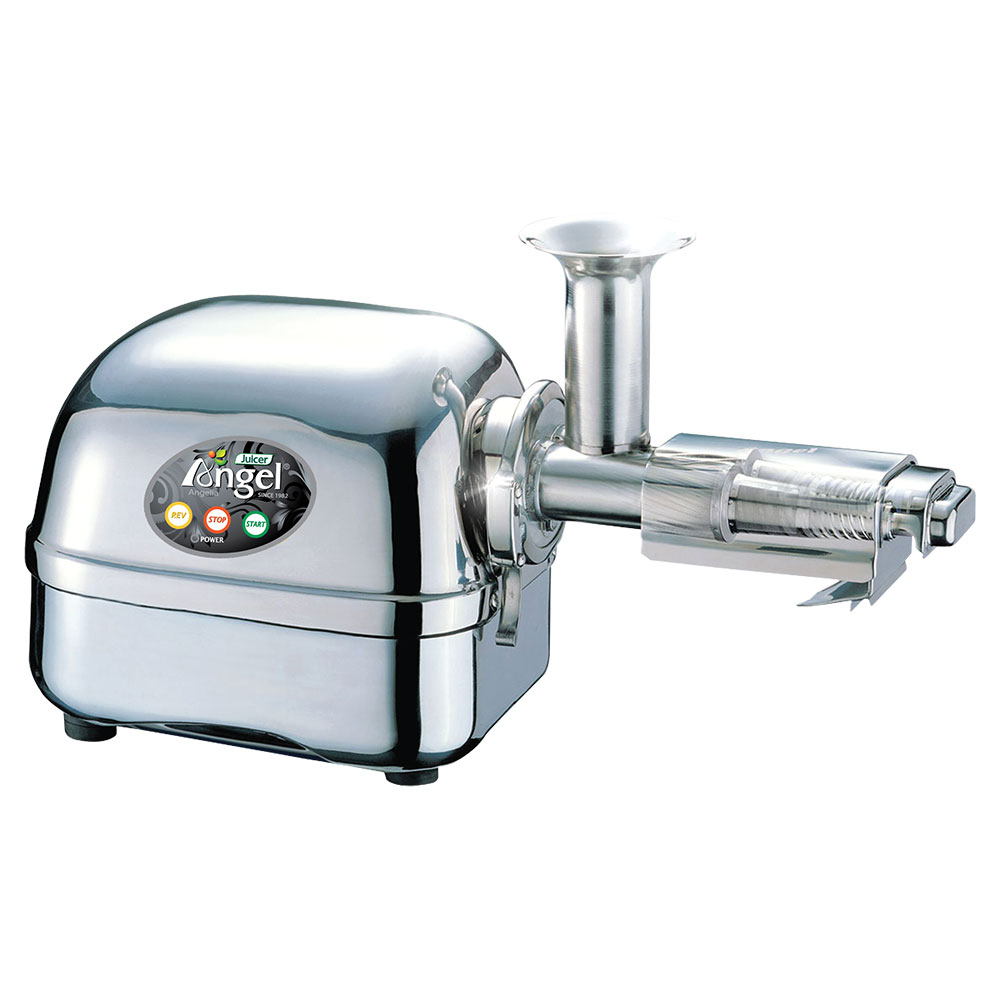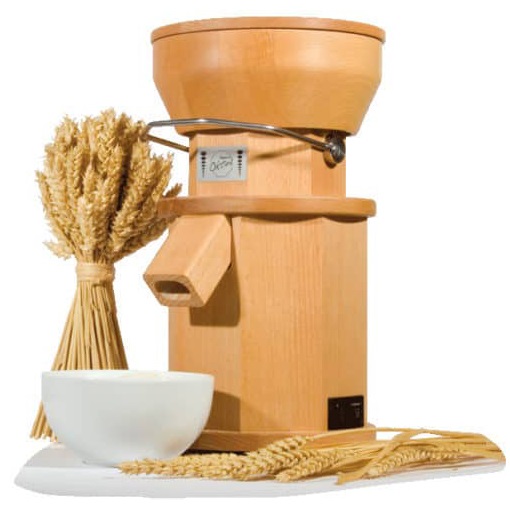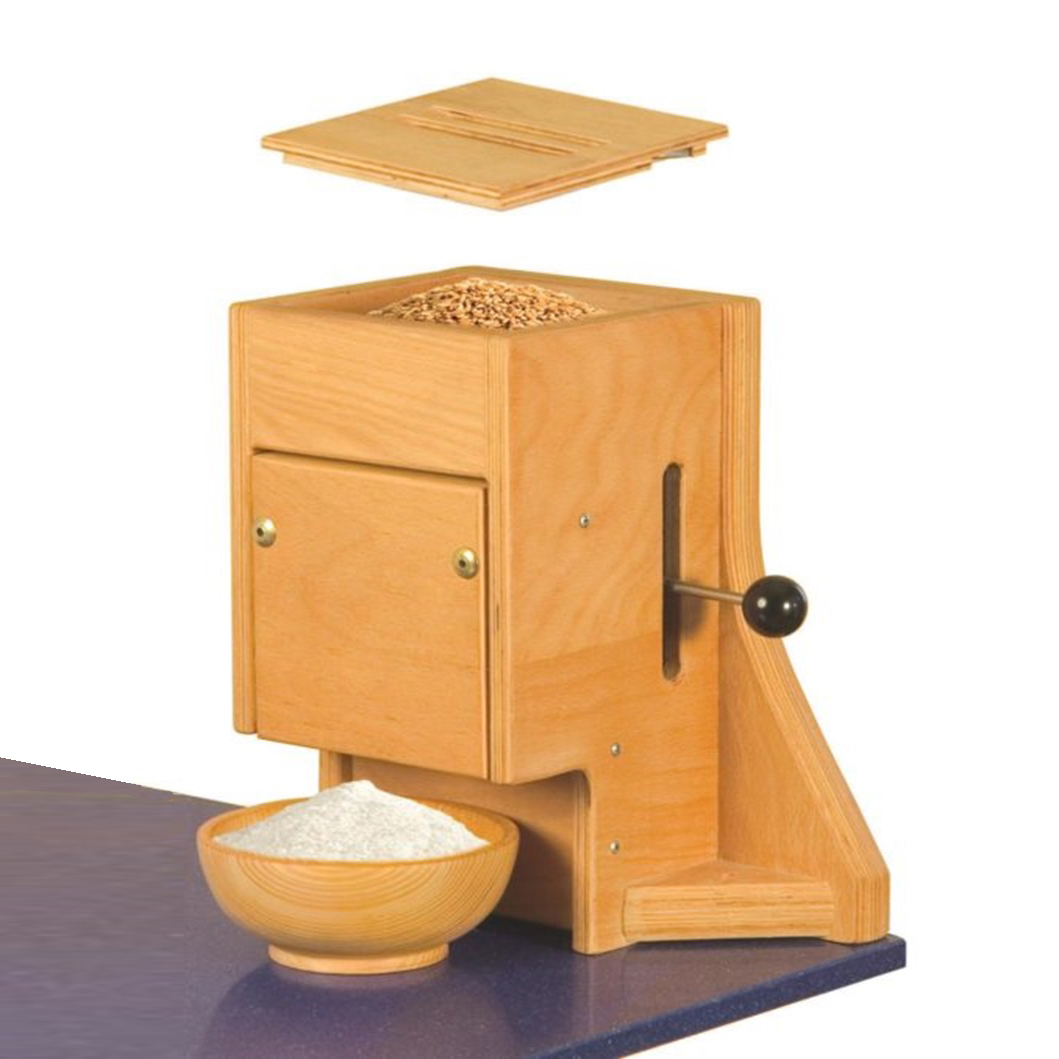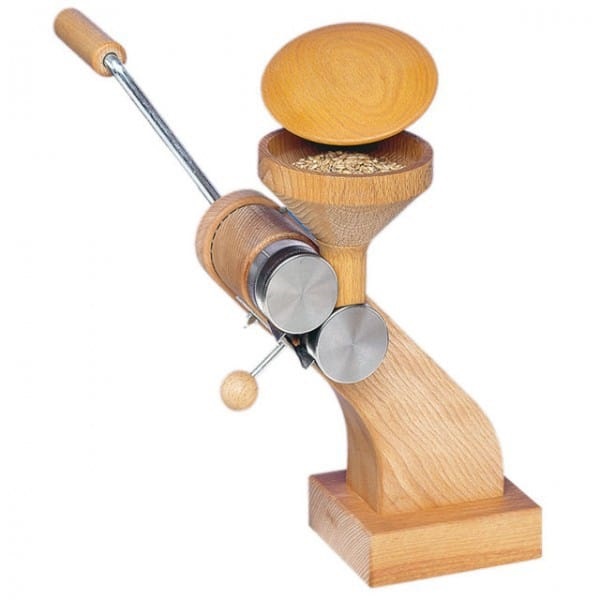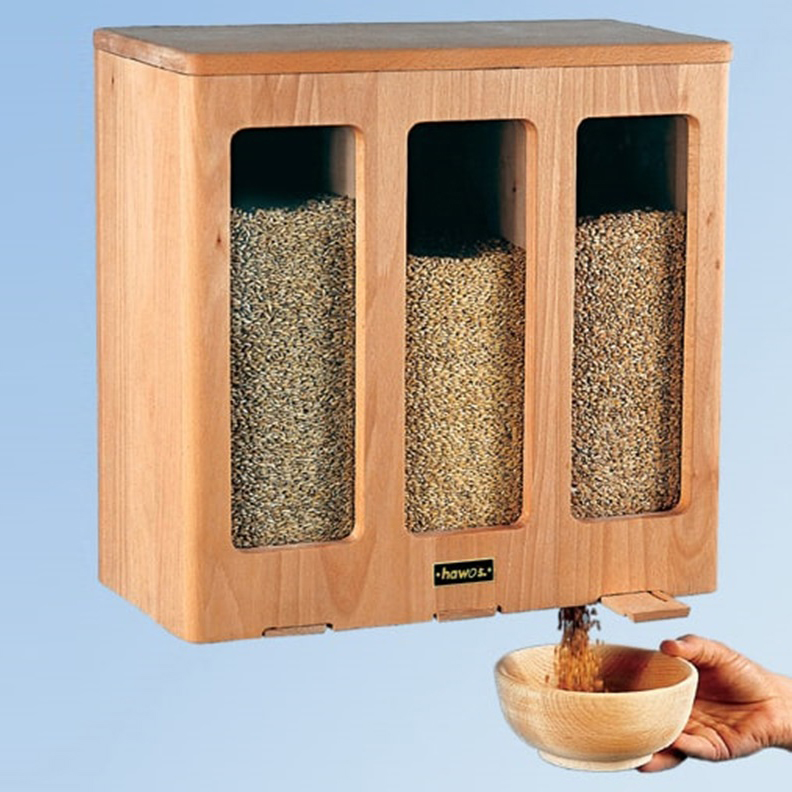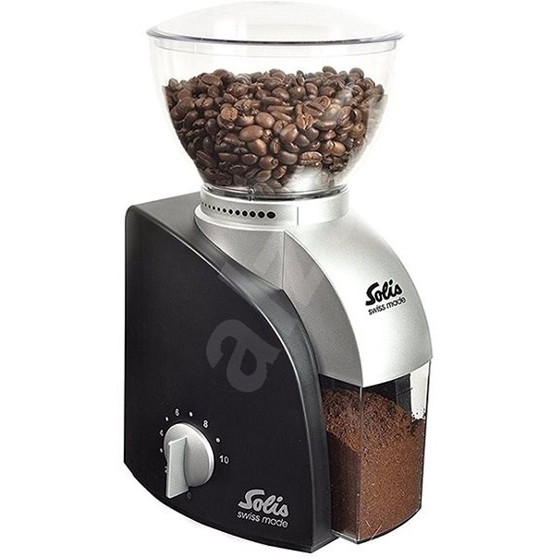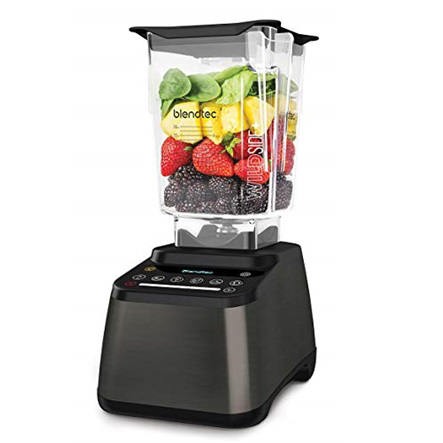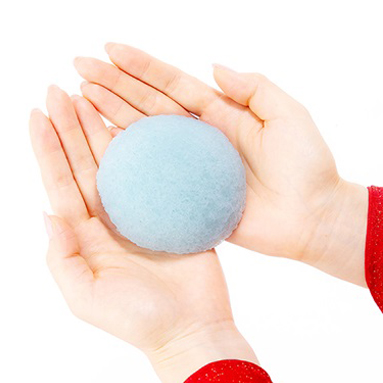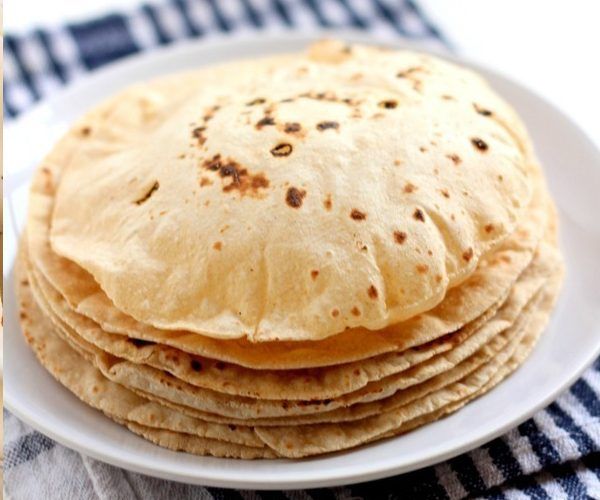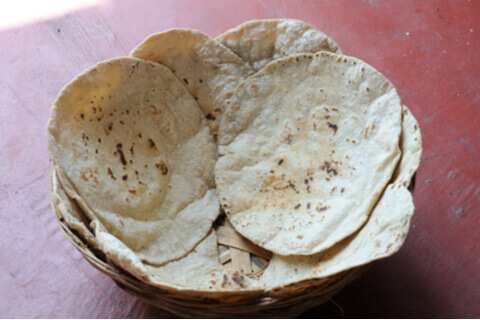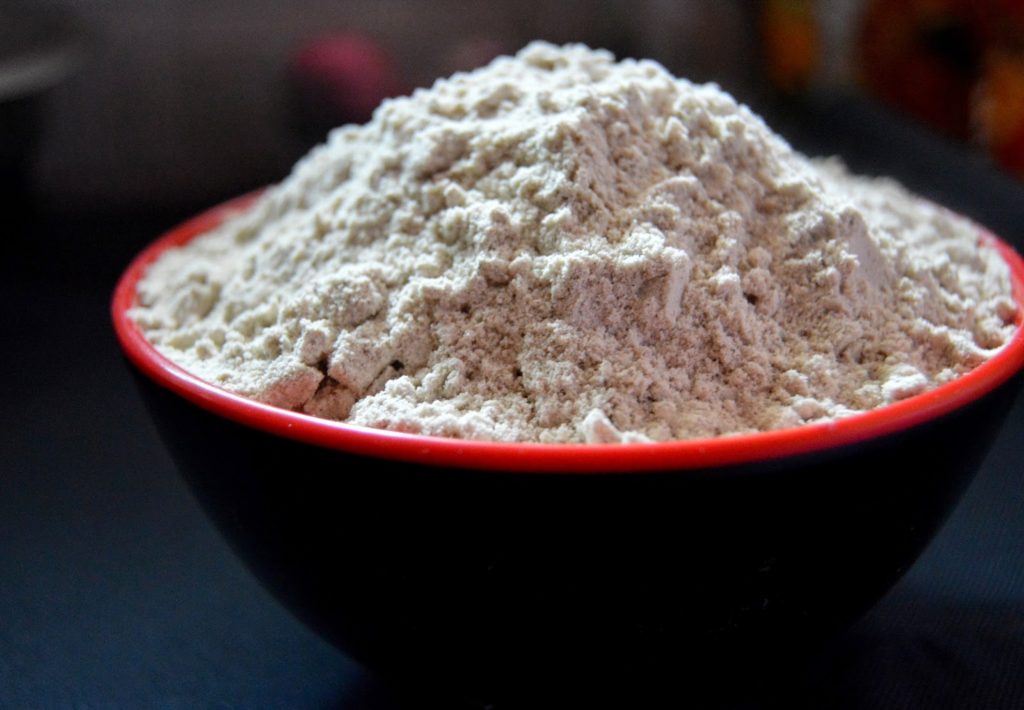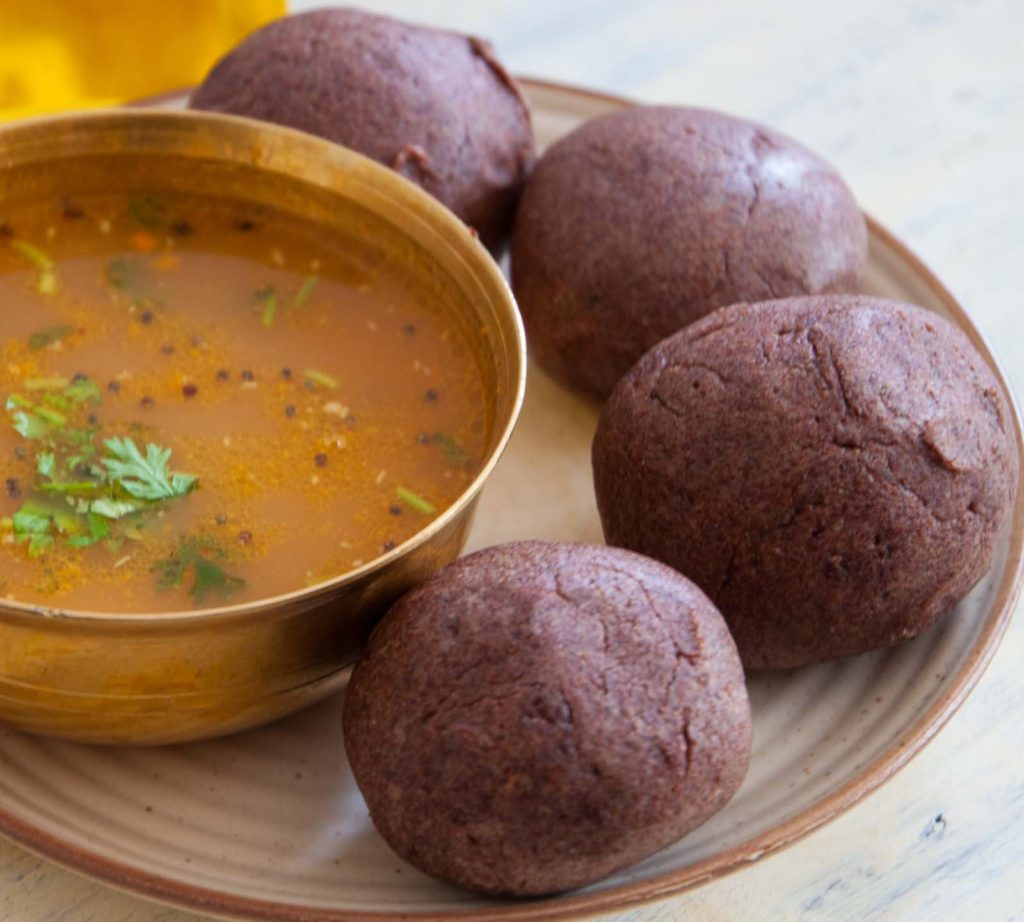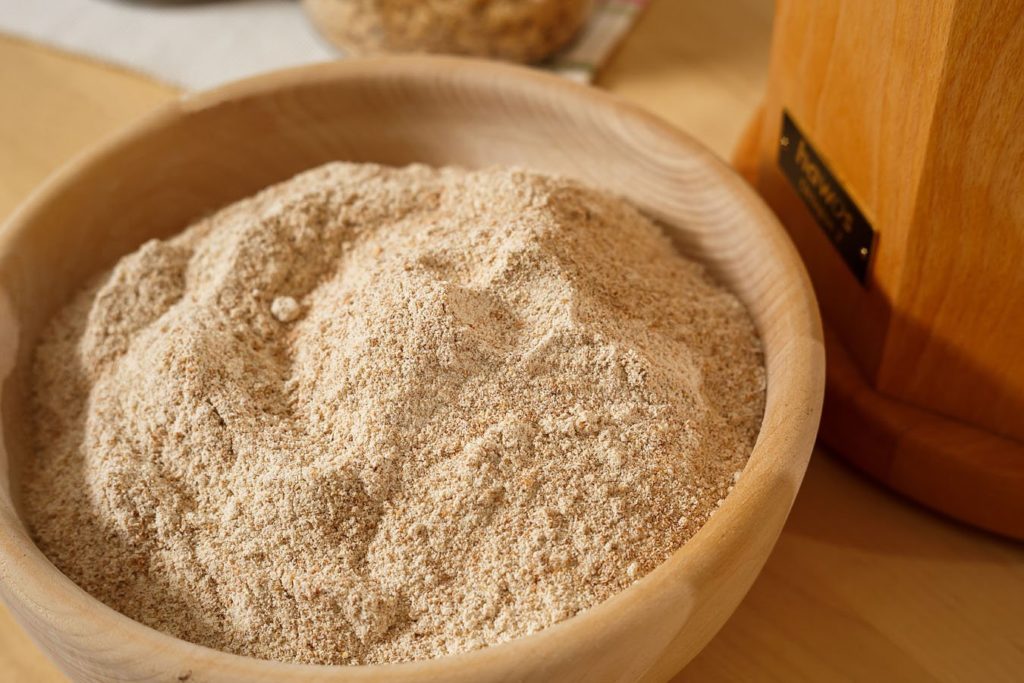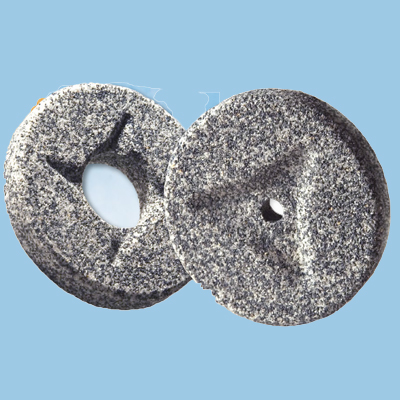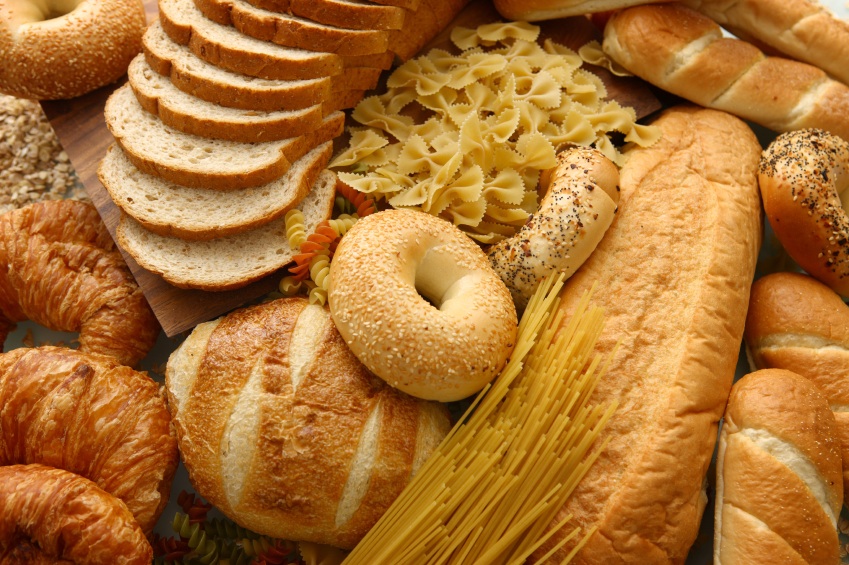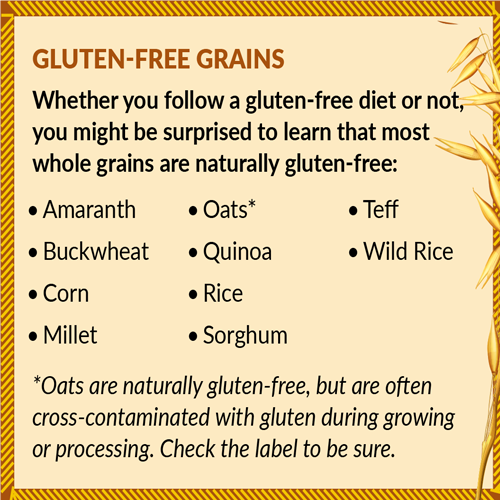
FIRST THINGS FIRST: WHAT IS GLUTEN?
Humans have been eating gluten for eons. Gluten forming proteins are found naturally in wheat (including ancient wheat’s like einkorn, faro, Kamut®, or spelt), barley, and rye. They’re what help dough stretch and bread rise
VERY FEW PEOPLE NEED A GLUTEN-FREE OR WHEAT-FREE DIET FOR MEDICAL REASONS
Celiac disease, which affects an estimated 1-2% of the US population, is a medically diagnose autoimmune disease that requires strict lifetime adherence to a gluten-free diet. Another 0.2-0.4% of Americans are allergic to wheat (but not barley or rye).
WHAT ABOUT GLUTEN-SENSITIVITY?
Many patients who respond well to a gluten-free diet, but don’t test positive for Celia disease, are thought to have “non-Celia gluten sensitivity.” But science is casting doubts on the usefulness of gluten-free diets for people like these. Researchers analyzed data from 10 studies, in which 1,312 adults with “non-Celia gluten sensitivity” were tested for their reaction to gluten.1 In these 10 double-blind, placebo-controlled gluten challenges (where neither the researchers nor the participants knew if they were getting a gluten-free diet or the gluten-containing control / placebo), only 16% of the patients showed gluten-specific symptoms when exposed to the gluten-containing diet, and 40% of them had similar or increased symptoms when on the gluten-free control diet. In other words, gluten is probably not the culprit in most people who think they are gluten-sensitive. Blaming gluten may keep other serious problems from being addressed.
THE DOWNSIDES OF UNPRESCRIBED GLUTEN-FREE DIETS
• In a study that followed more than 100,000 US adults without celiac disease2 for more than 25 years, researchers found that eating gluten was not related to heart disease risk. In fact, the researchers cautioned that avoiding gluten may result in eating fewer whole grain foods, which may in turn increase the risk for heart disease.
• Harvard scientists3 found that people eating less gluten had a higher risk for type 2 diabetes. In fact, those in the top 20% of gluten intake were 13% less likely to get type 2 diabetes over the 30-year study period, even after adjusting for family history, exercise habits, weight, and calorie intake. Why? This may be because glutenfree foods are often made with substitutes like potato starch and tapioca that can make blood sugar spike.
• Gluten-free versions of foods have been shown to have more calories, sodium, and sugar than their regular gluten-containing counterparts, and often carry a higher price tag too.4 Real, whole grain foods are a better choice.
• Self treatment with a gluten-free diet messes up the blood test for celiac disease. Always speak with your doctor before making dietary changes.
• Self treatment with a gluten-free diet messes up the blood test for celiac disease. Always speak with your doctor before making dietary changes.
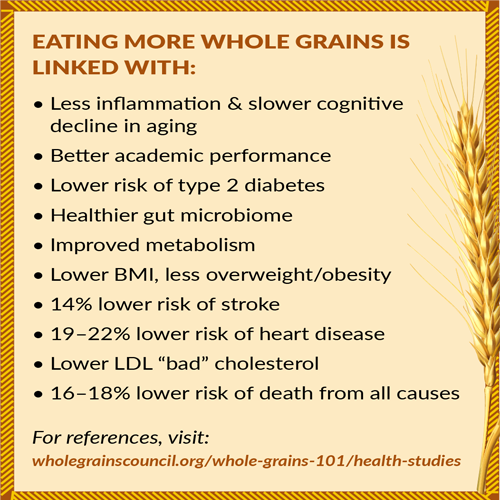
PEOPLE WHO AVOID GRAINS TEND TO BE LESS HEALTHY
Using national health survey data from 9,341 adults in Australia, researchers found that people avoiding grains were significantly more likely to be overweight or obese than those who eat grains, despite consuming fewer calories than grain eaters. Grain avoids also ate fewer fruits, vegetables and less fiber, and were more likely to have a higher BMI and waist size. Our advice: pick meals and snacks full of whole grains, fruits, vegetables and other real foods.
THE EARTH CAN’T SUPPORT A SHIFT FROM GRAINS TO OTHER FOODS (LIKE MEAT)
For millennia, grains have been one of the most important sources of food worldwide. Today, grains provide nearly 50% of global calories,6 and are some of the most earth-friendly foods to produce. Fruits and vegetables, while very nutritious, aren’t as energy dense as grains and are harder to grow, transport, and store for year-round enjoyment. So to make up the necessary calories in fruits and vegetables, much more food would have to be grown. Similarly, raising animals for meat production requires a substantial amount of land and water. For example, beef production uses 10.19 liters of water to produce 1 calorie of food, compared to only 2.09 liters per calorie of fruits, 1.34 liters per calorie of vegetables, and 0.51 liters per calorie of grains.7 Shifting diets away from grains and towards more energy-intensive foods puts an impossible burden on our planet’s precious resources.
CONVENIENT OPTIONS TO BECOMING A WHOLE GRAIN ENTHUSIAST
There are various options available in the market today both online and through brick and mortar retail shops. These provide a convenient option to mill our own flour on each meal basis, which not only provides maximum nutrition but also fantastic taste. These mills come in various options like hand operated manual flour mill, electricity operated flour mill, and solar power operated flour mill. Bring home a domestic flour mill today to reap the healthy benefits of whole grain meal after meal, every day.

